
Gifting has never been easier
Perfect if you're short on time or are unable to deliver your gift yourself. Enter your message and select when to send it.
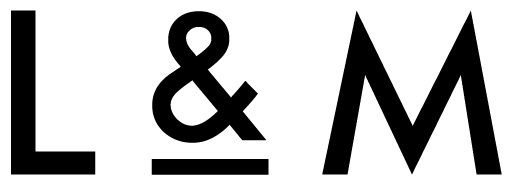

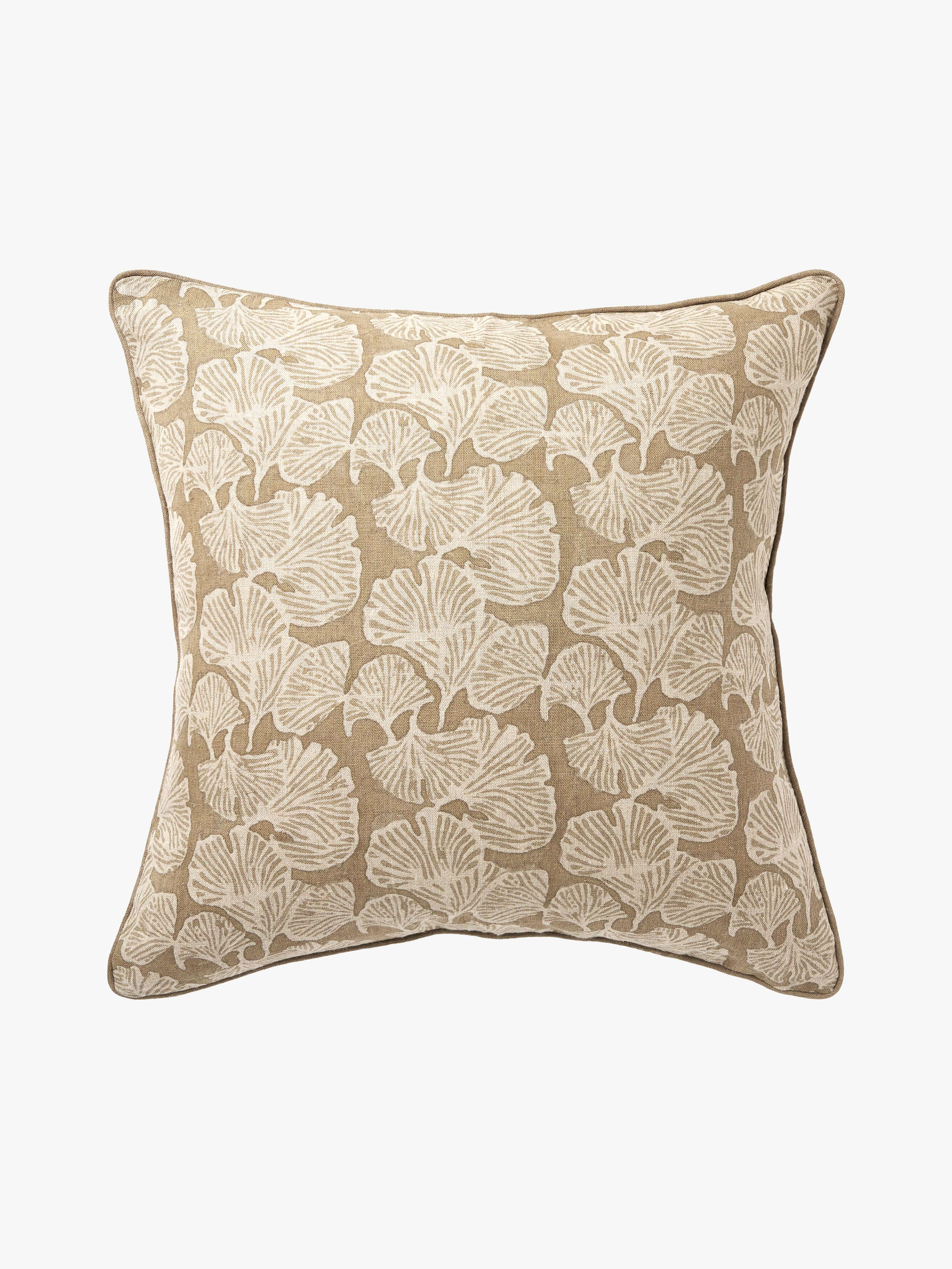
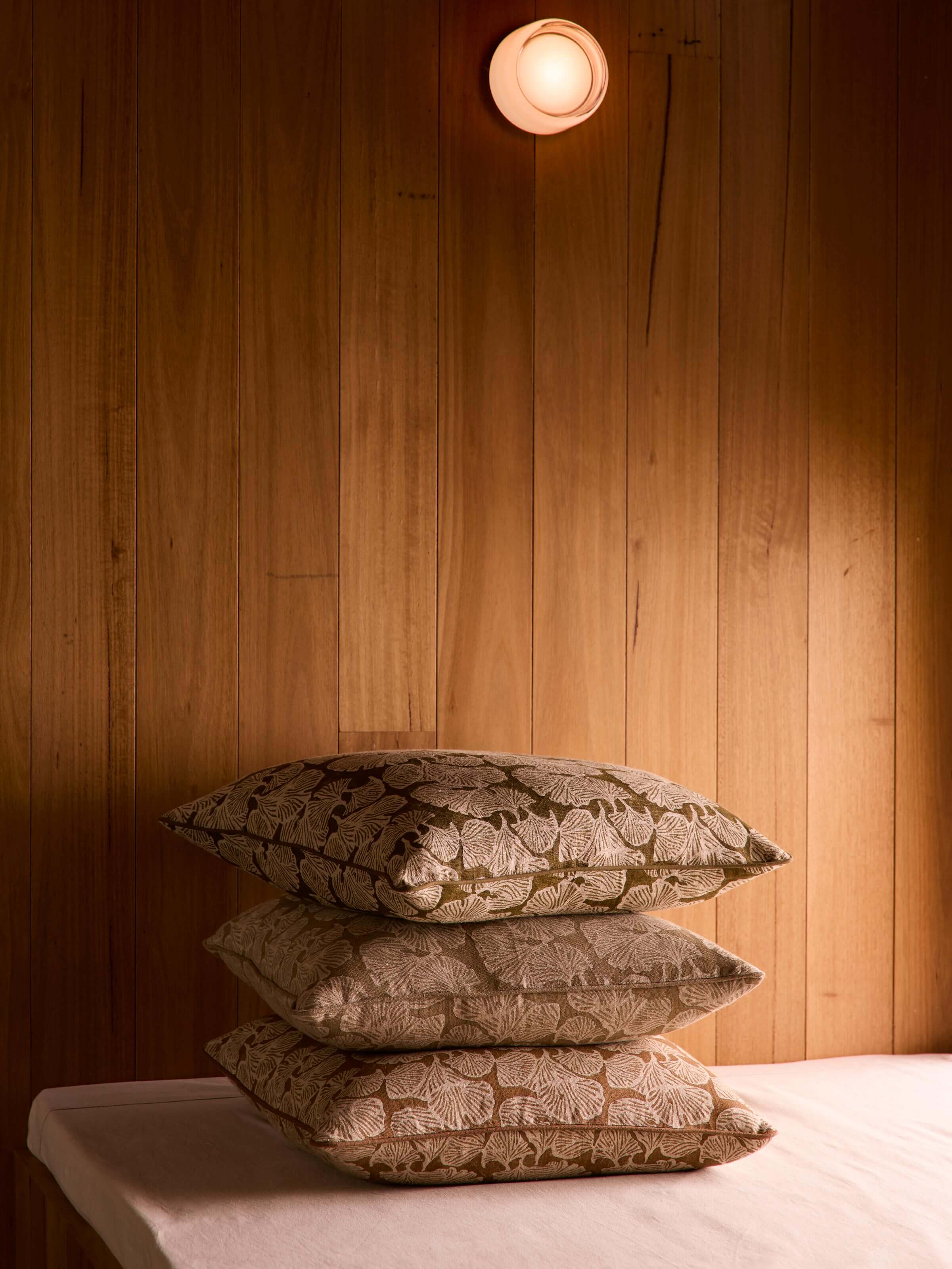
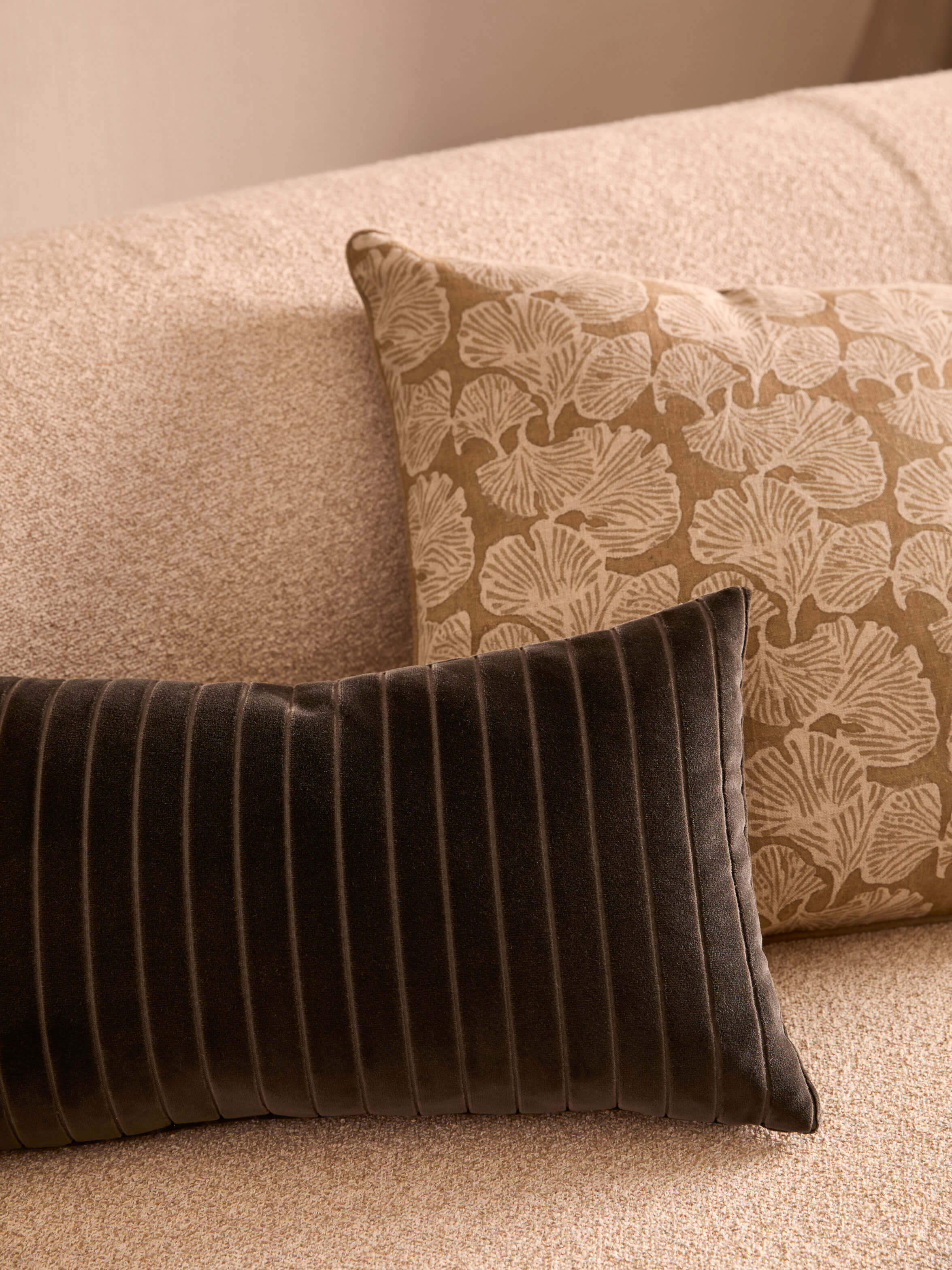
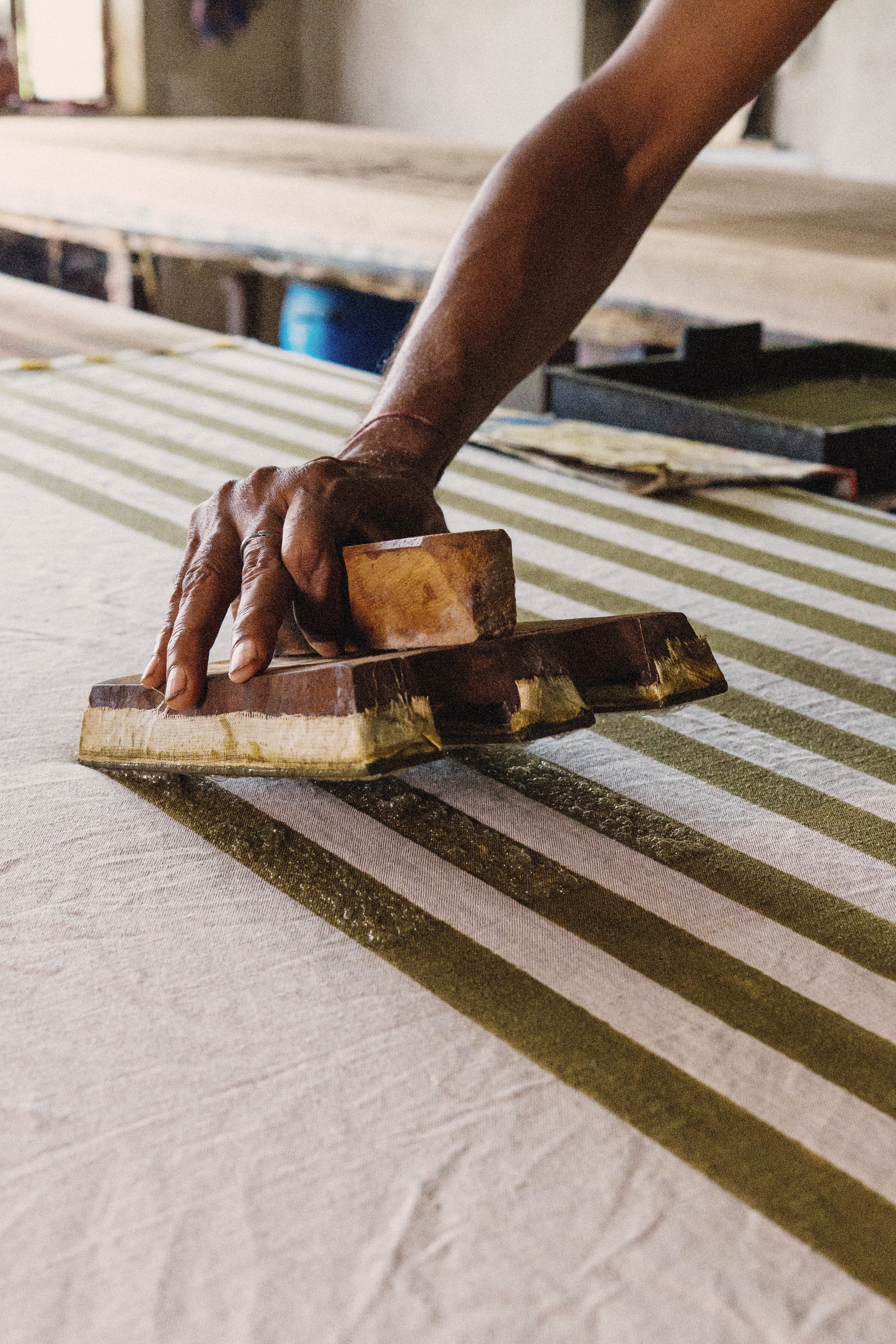
A testament to traditional craftsmanship and design, the Gingko cushion is thoughtfully hand block printed in Jaipur on pure linen and finished with a solid piped edge, bringing beautiful depth and tactility to any space.
Block printing provides a sustainable livelihood to local craftspeople and their families, and we are proud to support these communities. The result is that each piece is unique and any variations in the print are a characteristic of the design. Learn more about the block printing process here.
Available in 3 colourways; Bronze, Khaki and Mocha.
FREE SHIPPING to Australia & New Zealand on orders over $200.
Shipping times are estimated between 1-7 business days depending on your location:
1 – 2 days (Melbourne Metro, Sydney Metro)
2 – 3 days (Brisbane Metro, VIC, NSW, SA)
3 – 5 days (TAS & QLD)
5 – 7 days (WA & NT)
5 - 7 days (New Zealand)
We also ship to most major international cities. Please contact info@lmhome.com.au to get a freight quote for your international order.
Returns
L&M Home will offer you a credit note, exchange or refund on full priced items only. We do NOT accept exchanges, credits or refunds on products purchased from our archive sale. Please note this does not apply to full priced items purchased during a promotional period. Please read more on our Returns page.
Choose options




The Making Of
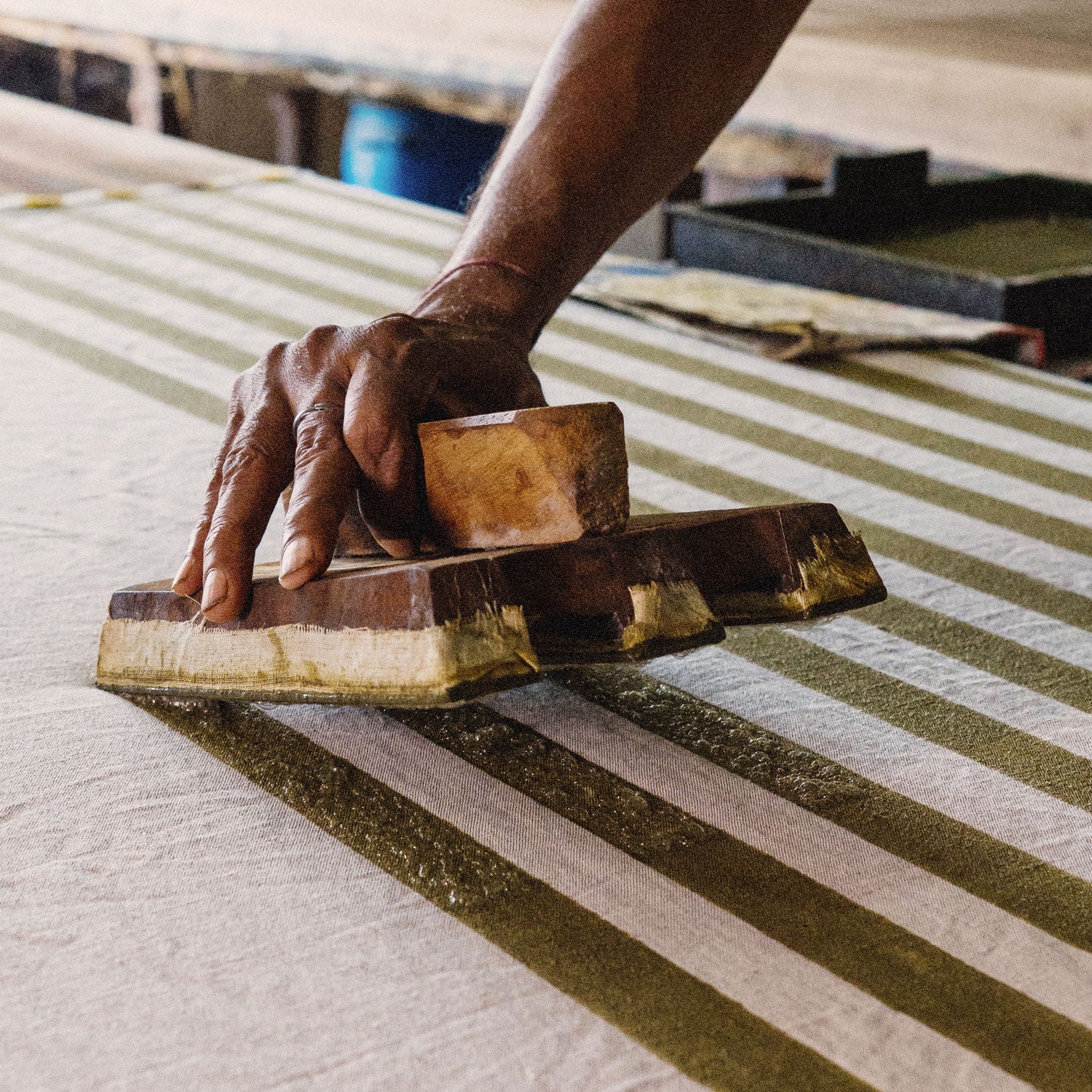
Hand Block Printed in Jaipur
Block printing is a centuries-old craft. Though it might be the simplest and slowest of all textile printing methods, it yields some of the most beautiful results.
This ancient technique demands precision and patience: each block is skilfully hand carved then carefully, laboriously, lined up by eye upon the fabric. It is these human processes that result, inevitably, in slight irregularities. A machine-printed fabric might, by contrast, be perfectly executed, yet it is somehow always a little flat, lacking the inherent liveliness of a hand printed piece.
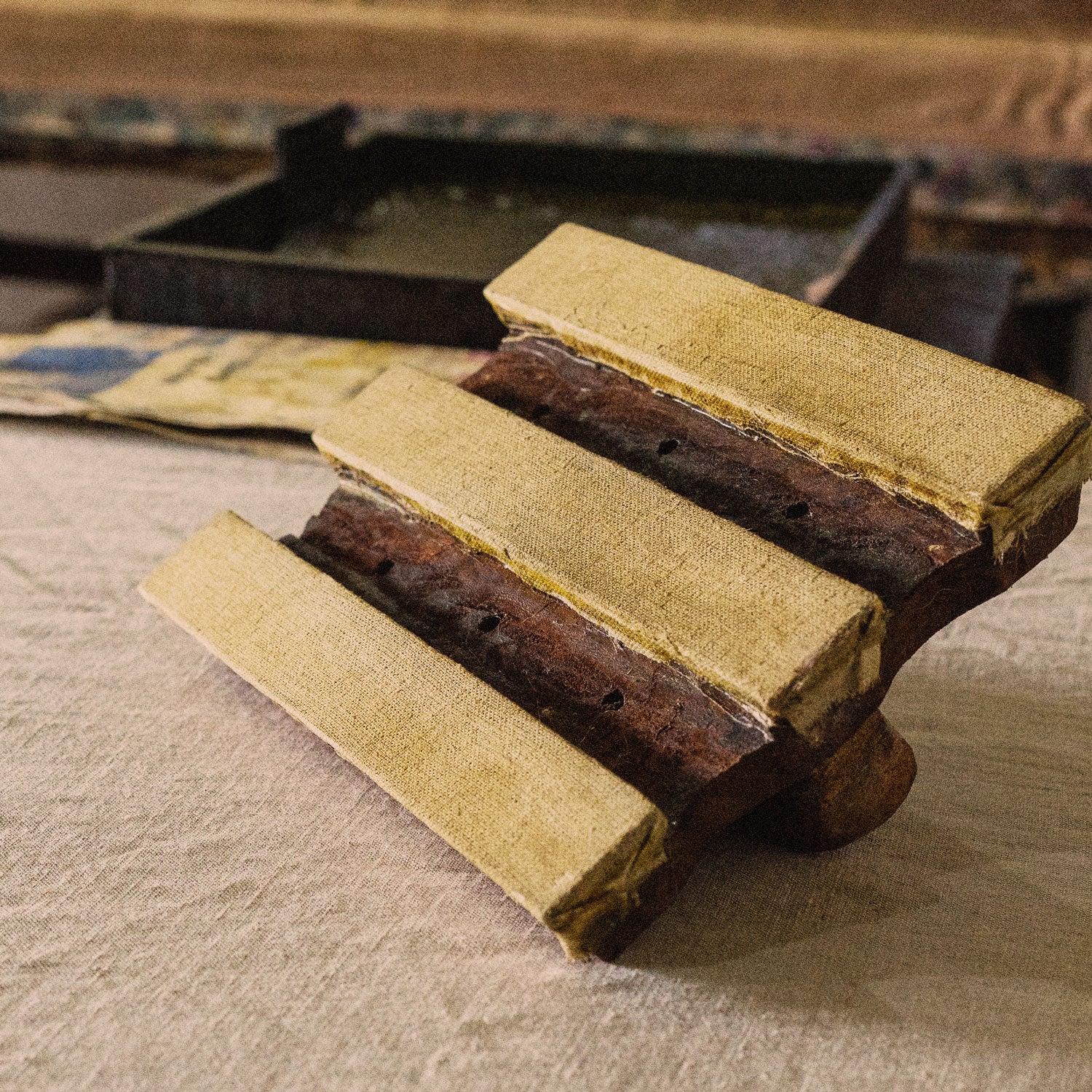
Step 1: Hand Carving
The design is drawn or transferred onto the block’s surface. With a tool kit made up of miniature chisels, hammers and drills the block carver removes the negative space in the design. Precision is paramount since an ornate design – with many colours – might require multiple blocks that must each fit perfectly within the imprint of the first. After they are carved the blocks are soaked in mustard oil for up to a week to ensure the wood doesn’t crack. Tiny holes are drilled through the blocks, allowing the wood to breathe and to give the block longevity – the studios we work in Jaipur have blocks dating back fifty years.
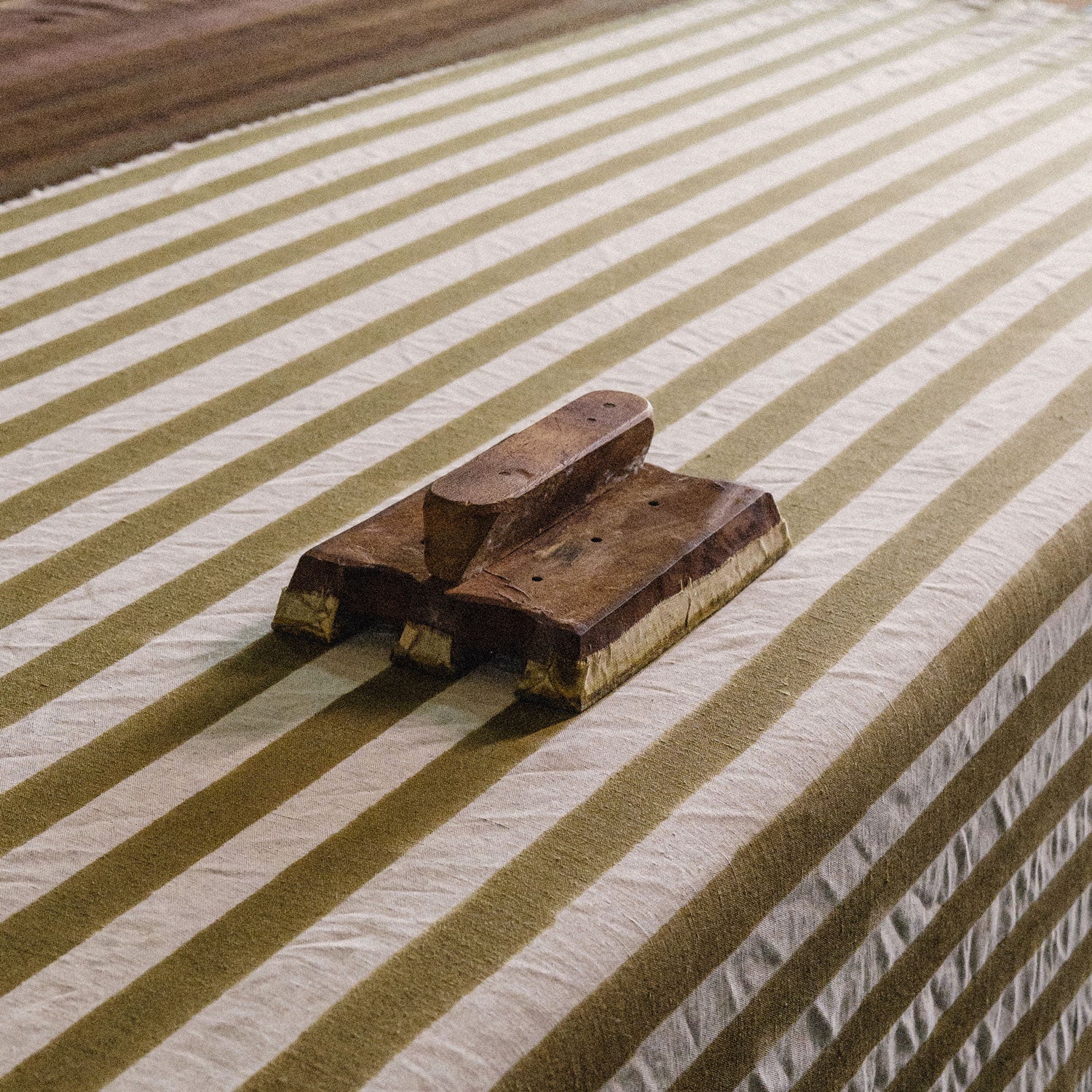
Step 2: Hand Printing
The block printer begins by marking on the length of cloth, with a piece of chalk and ruler, where the first impressions of the block should be applied. Then they dip the block in the colour and press it firmly and steadily onto the cloth, ensuring a good impression by tapping it smartly on the back with their hand, twice. Each block must be carefully lined up next to the one before – for this reason, the blocks are cut at a slight angle, so that the edge is visible. It can take as many as 300 impressions to produce one metre of cloth. The print studios we work with are immensely proud of India’s block printing heritage and it is our privilege to be able to work alongside them and to learn from their experience.
The Hand Block Printing Process